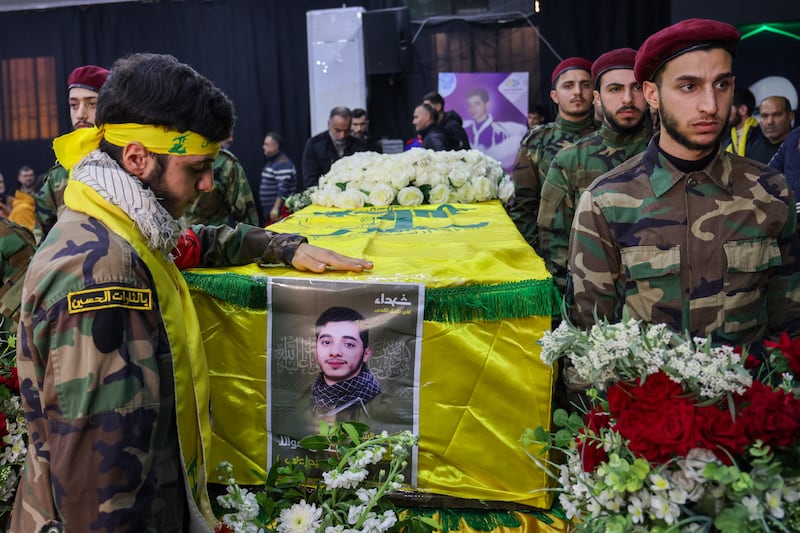The events of October 7th were a watershed moment for all of Israel, no more so than for the residents of communities close to the Lebanese border.
Witnessing the atrocities committed by Hamas gunmen inside communities along the Gaza border that day, the residents of towns and farms in Galilee concluded that the same fate, and worse, awaits them if the war spreads to the northern front and Hizbullah fighters cross the border.
More than 70,000 residents fled their homes along the border, turning communities such as Kiryat Shmona, Ma’alot and Shlomi into ghost towns. The residents say they won’t return until the Hizbullah threat has been removed.
The Iranian-backed Shia group, which effectively controls south Lebanon, is referred to as a militia but a more accurate description would be a well-equipped, modern army with some 150,000 rockets in its arsenal, including precision–guided ordnance with powerful warheads that can penetrate deep into Israel.
A Palestinian in Ireland: ‘I like Cork more than Dublin, to be brutally honest. It’s a very lovely place’
Donald Trump’s Gaza plan piles pressure on his ‘favourite dictator’
Israeli military says review into killing of Gaza aid workers found ‘professional failures’
Recovering Pope Francis appears on basilica balcony for Easter message
Several Hizbullah tunnels close to the border fence have already been exposed and destroyed by Israel in the past. There may well be more. Hizbullah’s elite Radwan force was set up specifically to infiltrate into northern Israel, attack communities and take hostages, similar to Hamas’s Nukhba force which spearheaded the October 7th attack.
In theory, there should be no militant threat along Israel’s northern border. United Nations Security Council resolution 1701, adopted at the end of the 2006 second Lebanon war, called for the removal of all militia forces north of the Litani river (30km or 18 miles from Israel’s border) with the Lebanese army and Unifil peacekeepers (which include Irish forces) the only armed presence allowed in the region. But Hizbullah reportedly has thousands of fighters south of the Litani.

At least 125 Hizbullah fighters have been killed (Israel believes the real figure is much higher) in the daily cross-border exchanges of fire that began with the start of the Gaza war. Both sides are reluctant to allow the exchanges in the north to develop into an all-out war which could also drag in Iran, and potentially even US forces stationed in the region, plunging the entire Middle East into a much more dangerous place.
At the same time, Israeli leaders have promised to address the Hizbullah threat once the fighting in Gaza is over, or moves to a less intense phase, expected in late January. “If Hizbullah won’t be moved away as part of a diplomatic agreement, Israel will act to move it away with all the means at its disposal,” said defence minister Yoav Gallant.
According to unconfirmed media reports, a plan by Israel for a pre-emptive strike against Hizbullah on October 11th, just four days after the start of the Gaza war, when the military reserves were mobilised in unprecedented numbers, was blocked by the Biden administration.
France and the US have held talks in recent weeks with both sides to reach a diplomatic solution.
But the political chaos in Lebanon, and specifically the absence of a functioning government, makes diplomacy more difficult.
While the south of Israel is slowly returning to normal, the north is in limbo and the evacuees are demanding the government act decisively so that they can return home.
- Sign up for push alerts and have the best news, analysis and comment delivered directly to your phone
- Find The Irish Times on WhatsApp and stay up to date
- Our In The News podcast is now published daily – Find the latest episode here











